Apr 10, 2025
When choosing the right piping material for pneumatic systems, two commonly mentioned terms are Polyurethane (PU) and Polyvinyl Chloride (PVC).
These two materials are widely used in industrial and automation fields, each offering unique advantages depending on the specific application.
However, when performance, flexibility, and durability are key factors, which material truly stands out?
The following are the characteristic distinctions between two different materials of products:
| Characteristic | PU (Polyurethane) | PVC (Polyvinyl Chloride) |
|---|---|---|
| Flexibility | Very flexible, bendable, suitable for tight spaces and dynamic motion environments | Relatively hard, larger bending radius, more suitable for fixed installations |
| Anti-bending/anti-kinking ability | Excellent, strong resilience, not easy to tangle | Average, may deform over long-term use |
| Abrasion resistance | Outstanding, suitable for environments with frequent friction | Medium, may wear over long-term friction |
| Pressure resistance | High, suitable for medium to high-pressure environments | Medium, suitable for general air pressure requirements |
| Temperature range | -20°C to +70°C | 0°C to + (incomplete, but generally lower range than PU's upper limit) |
| Transparency | High, facilitates inspection of airflow or liquid | Generally lower |
| Weight | Light, easy to carry and install | Relatively heavier |
| Cost | Higher | Lower, high cost-effectiveness |
| Chemical resistance | Good (but not as good as PVC in certain acid-base environments) | Excellent, strong corrosion resistance |
| Application scenarios | Robot arms, movable devices, frequently bent air paths | Fixed piping, cost-sensitive projects, general pneumatic distribution |
Although no single plastic piping material can meet all application needs, different types of pipes play irreplaceable roles in various fields. So, when it comes to pneumatic systems, which material is preferred?
Analysis of the Advantages and Disadvantages of PU and PVC.
✅ Advantages of PU (Polyurethane) Pipes:
High Flexibility: Ideal for complex assemblies and moving structures.
Resistance to Bending and Impact: Strong resistance, long lifespan.
Attractive Appearance: Available in various colors with high transparency.
Excellent Abrasion Resistance: Suitable for long-term use.
⚠️ Disadvantages of PU Pipes:
Higher Cost: Relatively more expensive than PVC.
Lower Chemical Resistance: Less resistant to certain chemicals compared to PVC.
✅ Advantages of PVC (Polyvinyl Chloride) Pipes:
Low Cost: Affordable with a high cost-performance ratio.
Excellent Chemical and Corrosion Resistance: Resistant to various chemicals.
Stability: Ideal for long-term fixed installations.
Easy Processing: Can be welded or glued.
⚠️ Disadvantages of PVC Pipes:
Low Flexibility: Not suitable for frequent movement.
Brittleness in Low Temperatures: Less impact resistance in cold environments.
Undoubtedly, PVC (Polyvinyl Chloride) products are among the most widely used plastic materials due to their chemical resistance, excellent abrasion resistance, rubber-like flexibility, clear visual contact with fluids, and superior flow characteristics. However, no plastic pipe material can meet all application requirements. For example, when exposed to concentrated acids or alkalis, PVC may become rigid and less flexible, causing the pipe to harden and crack. For fuel and oil applications, specially formulated PVC is required.
Higher Flexibility and Resilience
Polyurethane pipes are highly flexible and have excellent bending capabilities. This is essential in applications that require frequent movement, dynamic assemblies, robotic arms, or automated workstations.
PU pipes can easily adapt to narrow or complex installations without tangling.
Outstanding Abrasion and Impact Resistance
Pneumatic systems often involve frequent airflow, and pipes regularly rub against equipment edges or other components.
The abrasion resistance of polyurethane pipes is significantly better than PVC, which helps to extend their service life.
Stronger Pressure Resistance
PU pipes generally withstand higher working pressures, making them more stable and safer for pneumatic systems with significant pressure fluctuations.
More Suitable for High-Speed Automated Systems
Due to their superior flexibility and shock-absorbing properties, polyurethane pipes perform well under high-speed and high-frequency operations.
They are less likely to leak or fail, making them ideal for smart manufacturing needs in Industry 4.0.
Fokca solutions are designed to meet the stringent requirements of modern pneumatic systems.
We specialize in providing high-performance polyurethane pipe solutions to meet the demanding needs of modern pneumatic systems.
We are dedicated to quality, durability, and innovation. We have become a trusted supplier for industrial automation, robotics, and various industries such as automotive, packaging, and more.
You May Interest In
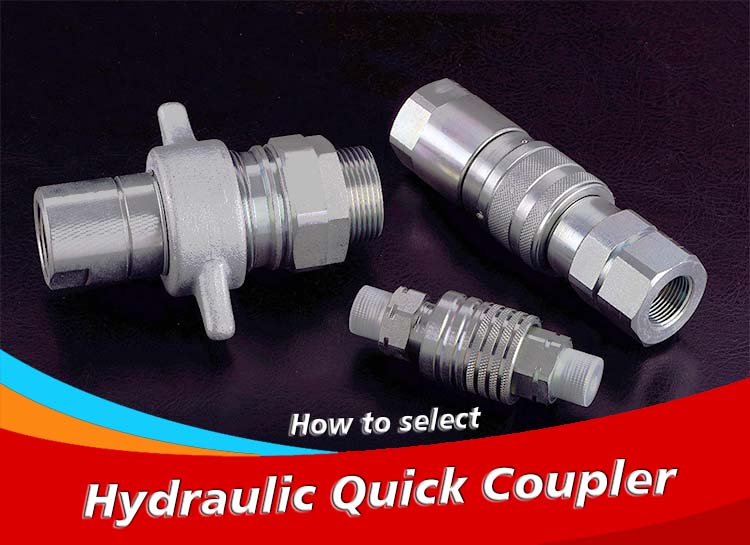
Feb 24, 2025 Blog
How to Identify Hydraulic Quick Couplers?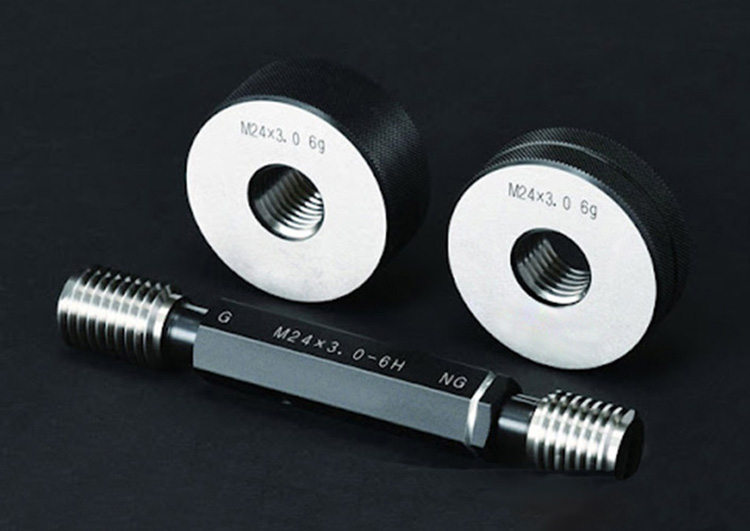
Jan 21, 2025 Blog
How to Measure Pipe Thread?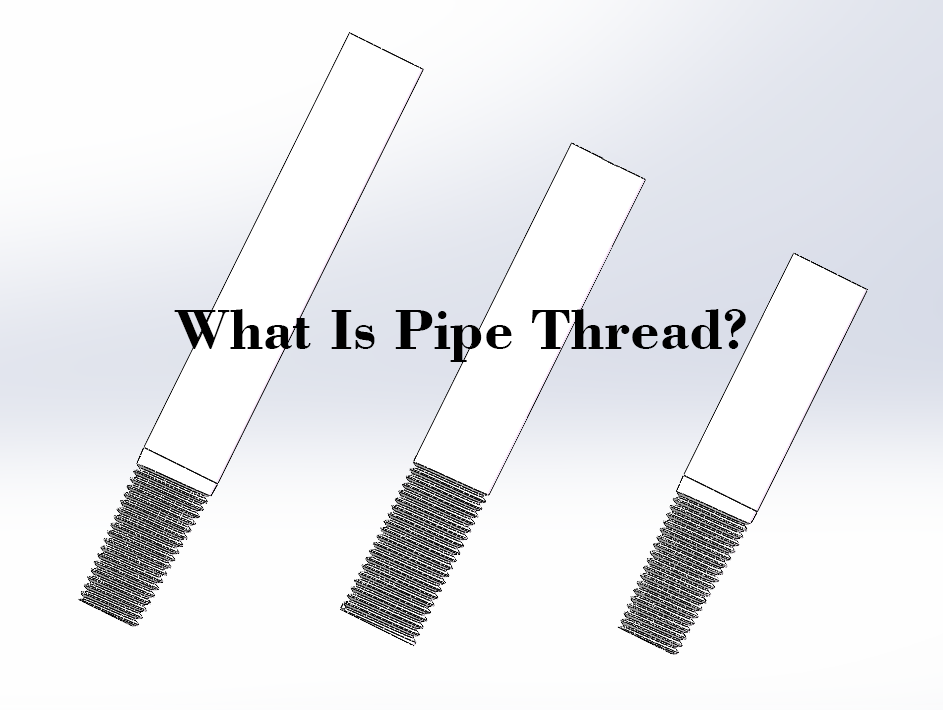
Jan 16, 2025 Blog
What Is Pipe thread?
Dec 04, 2024 Blog
Application Of Tube Fitting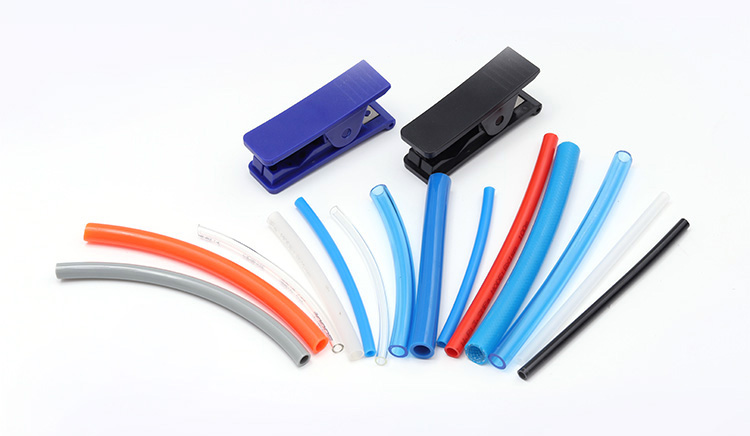
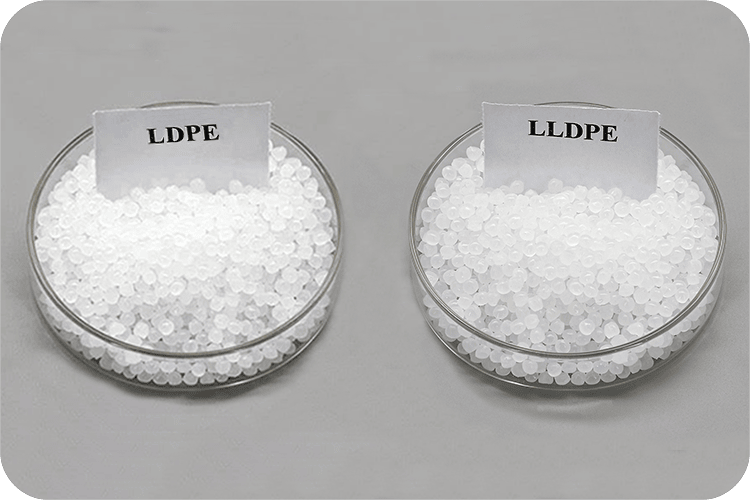
Jun 26, 2023 Blog
What Is The Difference Between LLDPE And LDPE?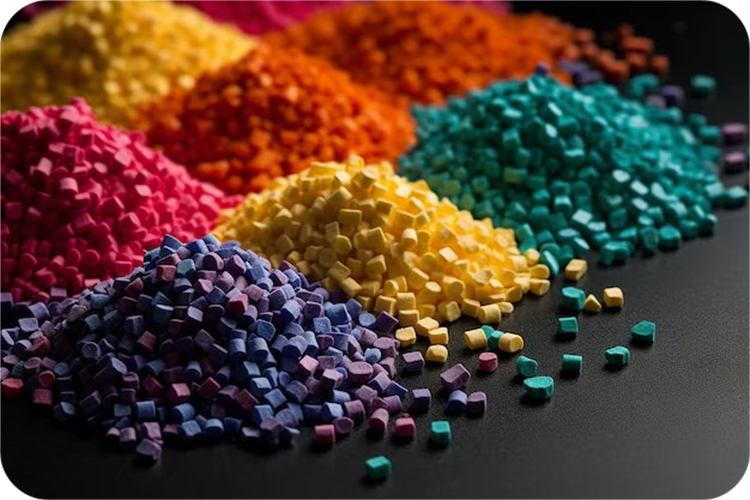
Jan 17, 2023 Blog
What Are The Classification Of Plastics?Links: www.fescolo.com(Pneumatic)
FOKCA ©1998-2025 All Rights Reserved Sitemap